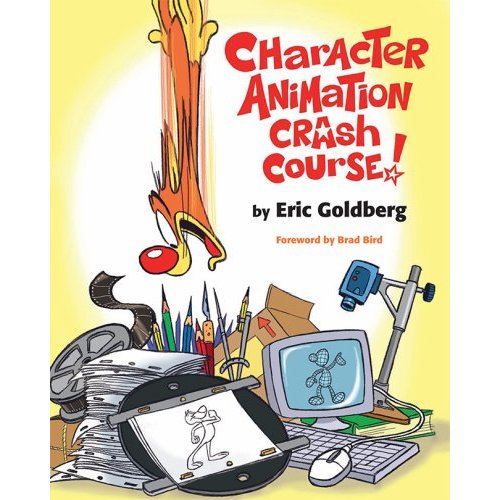 |
| The Animator's Survival Kit |
 |
| The Language of Animation |
Other little icons pull up a short animated video explanation of the principle being addressed - much of this material is pulled from the ASK DVD set. Confused about overlapping action? Ones vs Two's? Straight Ahead vs Pose to Pose? A short video shows you what it all means, and shows you in simple clear terms exactly how these principles get applied in practice.
 |
| Scroll bar feature lets you scrub frames in real time |
And even the videos are interactive. You can pause them, scroll through them, step through them frame by frame. It's like having the perfect animation tutor right there in the classroom with you, equipped with all the right bits of kit - video, power point, lectures books - but all at your disposal in exactly the format you want. And best of all - you don't have to go to school to learn it.
 |
| It all starts with a bouncing ball |
It is obvious that a great deal of thought and effort has gone into the presentation. The interface is very easy to get the hang of, and simple to operate. Tap the screen and the chapters are revealed on a scroll bar at the base of the screen - so you can easily navigate to the bits you need.
In short - it's the best £25 you will spend on any device to help you learn animation. But you have to buy an iPad first, of course.
Here's a list of stuff that comes with it:
- The Animator’s Survival Kit Expanded Edition - that is to say the whole book - for the iPad
- More than 100 animated examples of the principles of animation - taken from The Animator’s Survival Kit Animated DVD series, and inserted into the relevant sections of the text. You can slow these down and watch them frame-by-frame.
- Dad's 50-years-in-the-making Circus Drawings animation
- Video introductions for the chapters - by the author. 80 this year!
- "Sensitive navigation", which "fades away gracefully away when not needed"
- "Onion skinning" - to see multiple frames of animation at once.
To see other books we recommend for the study of animation and visual effects, click here.














